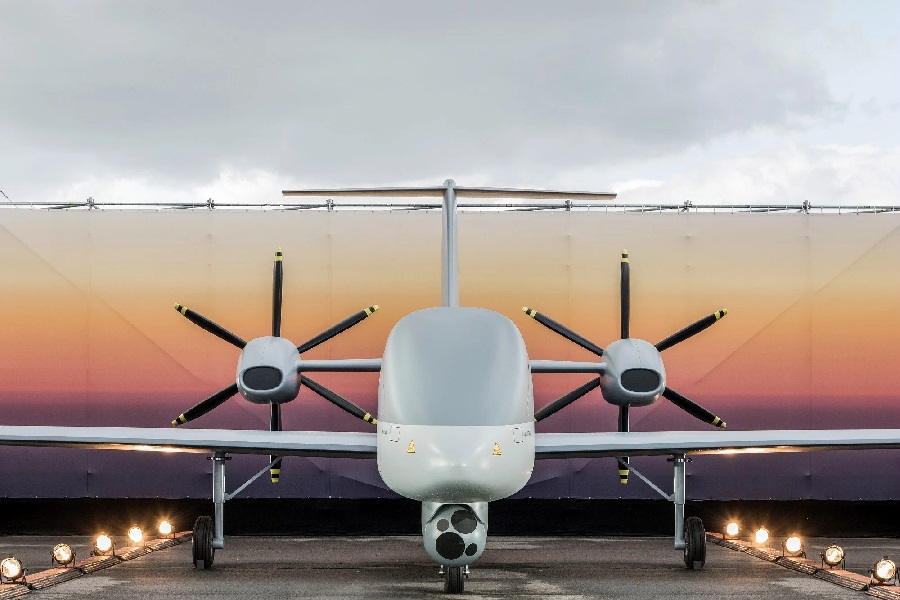Strong Griffin provided the NATO Allies an opportunity to share each other’s defensive and offensive tactics, strategies and standard operating procedures.
“Strong Griffin is an opportunity for us to train together and build towards interoperability – procedurally, technically, and the human domain. It allows us to train tactics, techniques and procedures so we can operate better with each other,” U.S. Army Lieutenant Colonel David W. Griffith, Commander 3rd Battalion, 67th Armored Regiment, said.
Alongside Poland and Portugal, the U.S. Army was one of the participating Allies. Altogether, their task was to bring greater realism to the play.
Throughout Strong Griffin, soldiers acting as the Opposing Force (OPFOR) conducted infantry and armored offensive operations across rural and urban environments to test the Griffin Brigade’s combat readiness. Lithuanians, in turn, prepared a defence to counter the OPFOR attacks. In the training scenario, the OPFOR forces worked their way through a forest environment in an effort to seize a town, while the Lithuanians defended the territory. Both sides were able to adapt and adjust to their situations which allowed them to learn how each other operated as well as their respective strengths and weaknesses in real time. “The end goal from the tactical perspective is to check the abilities and the gaps we have within the training cycle,” Lithuanian Army Cololonel Aurelijus Alasauskas, Commander Griffin Brigade, said.
Facing each other in a force-on-force exercise during Strong Griffin ultimately made the NATO Allies stronger together. The exercise also allowed them to familiarize themselves with the tactics and techniques they’d employ together as well as similar terrain and environments they might encounter one day on the battlefield together. “It’s not about fighting against each other, it’s about fighting together with a purpose,” Alasauskas summarized.










![Mobilising artillery – developments, challenges and the Russo-Ukrainian war [LONG READ]](https://defence-industry.eu/wp-content/uploads/2023/08/European-Union-supports-Ukraine-with-substantial-artillery-ammunition-deliveries.jpg)

















